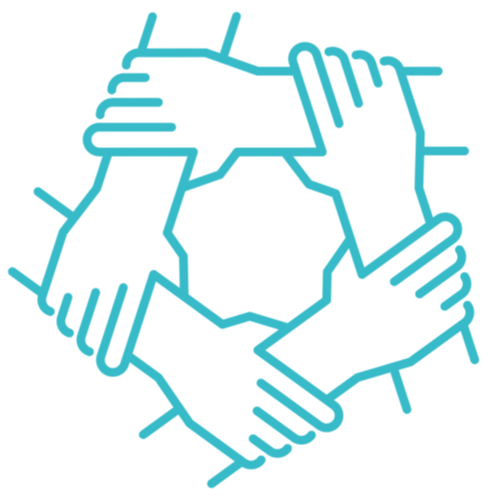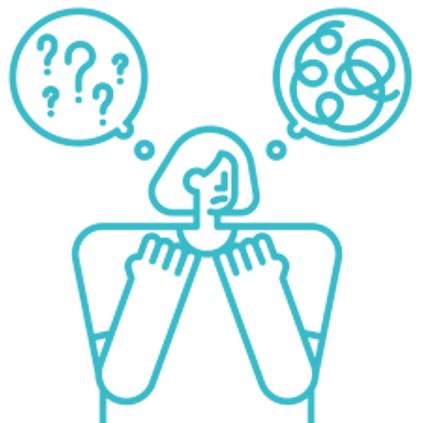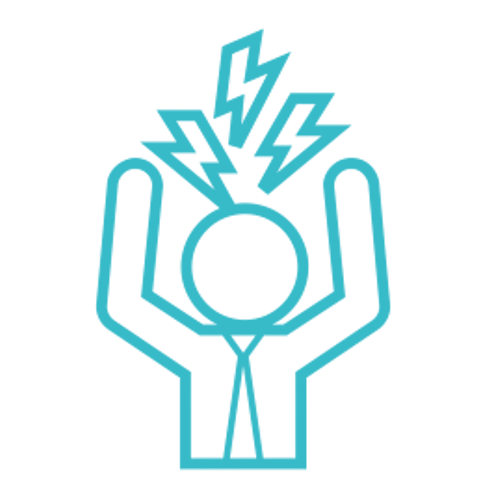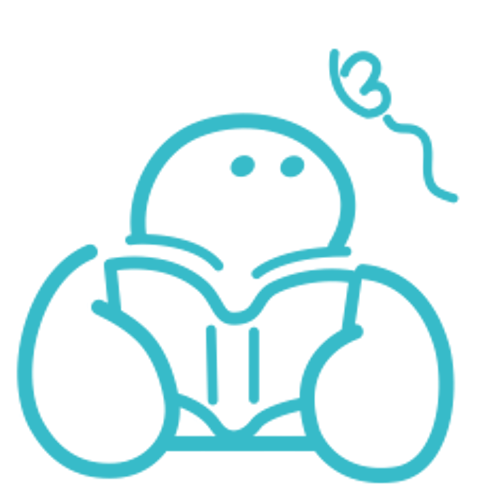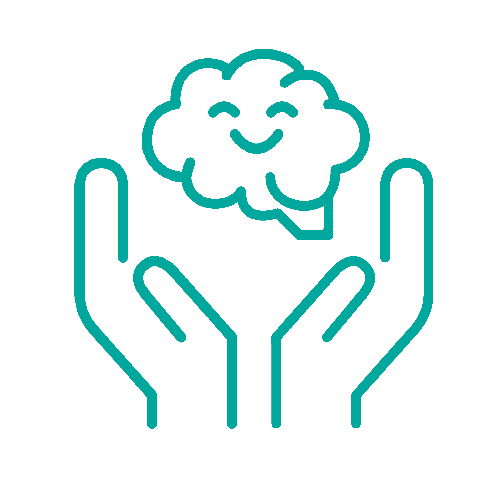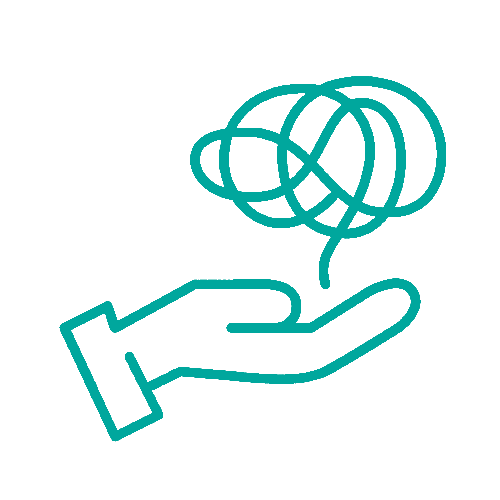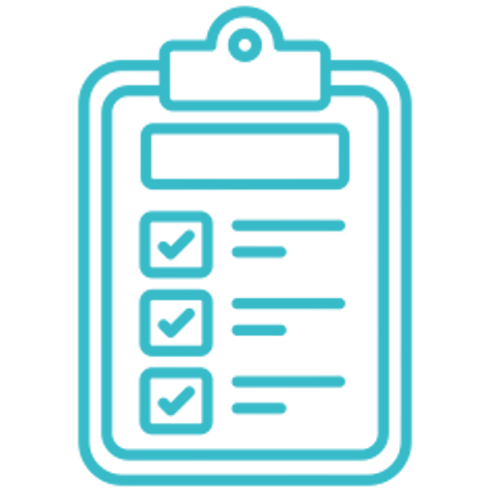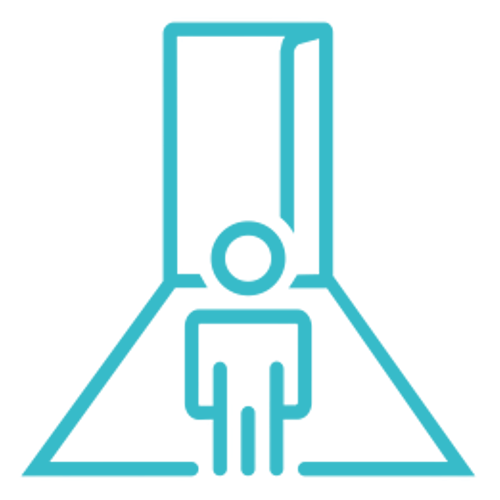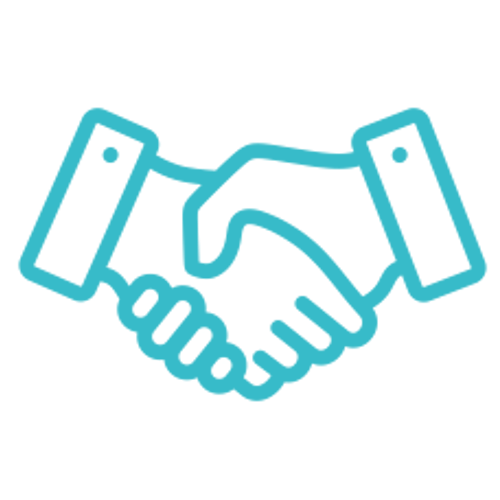In the intricate dance of human relationships, you might often find yourself entangled with individuals who drain your energy, self-esteem, and overall well-being. These individuals, commonly known as “toxic people,” leave you feeling emotionally exhausted, prompting the question of why there’s a recurring pattern of attracting them into your life. Throughout this blog, we’ll delve into the concept of toxic relationships, uncover the reasons why you might be drawing toxic people, explore the process of extricating yourself from such relationships, and gain insight into the essential journey of healing.
Understanding Toxic Relationships:
In a toxic relationship, either one or both individuals engage in behaviors that inflict emotional, mental, or even physical harm upon the other person. These behaviors encompass manipulation, control, criticism, emotional manipulation, verbal abuse, and more. Such relationships are marked by an imbalance of power, negativity, and an overarching sense of feeling trapped and unfulfilled.
Why Do You Attract Toxic People? Unveiling the Pattern
Navigating relationships can be a complex and sometimes puzzling journey. If you find yourself repeatedly entangled with toxic individuals, you might wonder, “Why do I attract toxic people?” The answer lies within a combination of psychological, emotional, and behavioral factors unique to you. Let’s delve into the reasons behind this pattern and gain insights into your role in attracting toxic people.
Unresolved Inner Conflicts:
Within the labyrinth of your psyche, unresolved inner conflicts can play a significant role in attracting toxic people. Past traumas and emotional wounds that haven’t been addressed can create an unconscious magnetic pull towards those who exploit these vulnerabilities. These unresolved issues might lead you to seek validation and healing through relationships, inadvertently inviting toxic dynamics.
Familiarity and Comfort:
The familiar can be strangely comforting, even if it’s toxic. If you grew up in an environment where toxic patterns were prevalent, you might subconsciously gravitate towards similar dynamics. It’s what you’ve learned to recognize as “normal.” As a result, the cycle of attracting toxic people might be a reflection of your early experiences, even if you consciously desire healthier connections.
Codependency:
Codependency, a pattern characterized by excessive reliance on others for self-worth, is a factor that can contribute to the attraction of toxic individuals. Your inclination to prioritize others’ needs over your own might make you susceptible to partners who take advantage of this dynamic. In the pursuit of healing or “fixing” them, you unintentionally perpetuate an unhealthy cycle.
Boundary Issues:
Your personal boundaries, or lack thereof, can also influence why you attract toxic people. Weak boundaries might prevent you from asserting yourself and saying “no,” allowing toxic individuals to push these limits and exert control over your emotional space. The inability to set clear boundaries can unknowingly invite such individuals into your life.
Empathy and Hope:
Your empathetic nature might be both a blessing and a curse when it comes to relationships. Your ability to see the best in others and your genuine desire to help might lead you to believe that you can transform toxic individuals into better versions of themselves. This optimism can inadvertently set you up for disappointment when the toxic person fails to change.
Navigating the Path to Freedom: How to Leave a Toxic Relationship
The issue is how to leave a toxic relationship. Letting go of toxic relationships requires courage and the willingness to transform, demanding both strength and self-awareness. If you find yourself ensnared in a cycle of toxicity, remember that you possess the power to break free and reclaim your life. Below, you’ll find a comprehensive guide on navigating the journey of leaving a toxic relationship.
Recognize the Toxicity:
The inaugural stride towards liberation involves acknowledging the toxicity inherent within the relationship. Reflect deeply on the negative patterns, emotional distress, and the toll it has taken on your overall well-being. Confronting this reality, however daunting, is essential – acknowledging that you deserve better paves the path for change.
Build Supportive Networks:
Envelop yourself in a network of friends, family, or support groups that genuinely prioritize your well-being. Sharing your experiences and emotions with those who uplift and comprehend your struggles provides not only emotional validation but also a wellspring of strength during this arduous phase.
Set Clear Boundaries:
Establishing clear boundaries is crucial when dealing with toxic relationships. Communicate your limits and expectations to the toxic individual. Be prepared to enforce these boundaries and distance yourself if they are not respected.
Plan Your Exit Strategy:
Leaving a toxic relationship requires careful planning, especially if you fear negative repercussions. Create a safe and strategic exit plan that includes securing your personal belongings, finding a safe place to stay, and notifying trusted individuals about your decision.
Document Incidents:
If the toxic relationship involves abusive behavior, keep a record of incidents, including dates, times, and descriptions. This documentation can be important for legal purposes or to reinforce your decision to leave.
Focus on Self-Care:
Prioritize self-care as you embark on this transformative journey. Engage in activities that nurture your physical, emotional, and mental well-being. This can include exercise, meditation, journaling, spending time in nature, or pursuing hobbies that bring you joy.
Lean on Empowerment:
Shift your perspective from feeling helpless to recognizing your own strength and resilience. Embrace the idea that you are taking control of your life and making a choice that empowers you.
Create a Support System:
Lean on your support network for encouragement and guidance. Reconnect with friends, family, or support groups that offer a secure haven for sharing your journey. Surrounding yourself with individuals who empathize with and validate your experiences can counteract feelings of isolation and provide invaluable emotional sustenance. Share your progress, setbacks, and triumphs with those who believe in your ability to overcome the challenges of leaving a toxic relationship.
Practice Self-Compassion:
Embarking on the journey of leaving a toxic relationship is a process, and it’s completely natural to undergo a spectrum of emotions – from grief and guilt to relief. Extend patience and gentleness to yourself, recognizing that healing takes time. Grant yourself the space needed to mend.
Seek Legal Guidance if Necessary:
In scenarios where the toxic relationship has legal complexities, it’s prudent to reach out to legal experts well-versed in family law or matters related to domestic abuse. These professionals can offer invaluable counsel on aspects such as restraining orders, custody arrangements, and other legal considerations that might apply to your situation.
Rebuilding the Self: Healing from Toxic Relationships
Emerging from the aftermath of a toxic relationship can often leave behind emotional wounds that necessitate time and concerted effort to mend. However, embarking on the path of healing signifies a profound gesture of self-love and metamorphosis. As you distance yourself from the toxicity, you pave the way to rediscovering your inherent value, reconstructing your self-assurance, and fostering your overall well-being. Here, you’ll find an extensive guide designed to assist you in maneuvering through the journey of healing from a toxic relationship.
Embark on Self-Reflection and Embrace Acceptance:
Initiating your healing journey involves immersing yourself in the realm of self-reflection. This process entails delving into your emotions, thoughts, and actions within the context of the toxic relationship. As you embark on this introspective expedition, it’s crucial to grasp that healing hinges on acknowledging your experiences without subjecting yourself to harsh judgment. Acceptance, in this context, does not equate to endorsing toxic behavior. Rather, it signifies the validation of your emotions as genuine responses to the circumstances you navigated.
Seek Professional Guidance:
Guidance from therapy presents a structured environment conducive to delving into your feelings and experiences. Various therapeutic approaches, such as cognitive-behavioral therapy (CBT) or trauma-focused therapy, can illuminate the impact of the toxic relationship on your emotional and mental well-being. Through therapeutic sessions, you’ll acquire tools to manage triggers, navigate negative thought patterns, and address any lingering trauma stemming from the relationship.
Establish Healthy Boundaries:
Mastering the art of setting boundaries entails recognizing your personal limits and confidently asserting your needs. Communicate these boundaries with clarity and consistency. As you hone this skill, you’ll gradually reclaim a sense of control over your life and interactions, fostering a healthier dynamic.
Practice Mindfulness and Meditation:
Mindfulness and meditation techniques can help you manage anxiety and intrusive thoughts that may stem from the toxic relationship. These practices encourage you to focus on the present moment, fostering a sense of calm and grounding.
Engage in Positive Activities:
Reconnecting with activities you love boosts your self-esteem and reminds you of your interests and passions outside of the toxic relationship. Whether it’s art, music, sports, or creative writing, these pursuits facilitate emotional expression and self-discovery.
Embrace Self-Forgiveness:
Releasing the burden of self-blame holds utmost importance. Acknowledge that the choices you made were grounded in the knowledge and resources accessible to you at that particular moment. Granting forgiveness to yourself paves the way for progress, enabling you to proceed without the weight of undue guilt.
Engage in Journaling:
Partaking in journaling establishes a personal sanctuary for the expression of your thoughts and emotions. This practice serves as a potent tool for discerning patterns, tracing your evolution, and attaining profound insights into your voyage of healing from a toxic relationship. Through journaling, you provide voice to your sentiments and attain newfound clarity in the process.
Focus on Personal Growth:
Setting and achieving personal goals contributes to your sense of accomplishment and self-worth. Whether it’s learning a new skill, pursuing education, or achieving a fitness milestone, these achievements reinforce your belief in your capabilities.
Engage in Therapeutic Activities:
Therapeutic activities like art therapy, dance therapy, or spending time in nature tap into your creative side and provide an outlet for emotions that might be difficult to express verbally. They can promote relaxation and self-expression.
Embrace a New Perspective:
Shifting your perspective from victim to survivor empowers you. Recognize the strength and resilience you’ve demonstrated by letting go of toxic relationships. This mindset shift reinforces your self-esteem and helps you focus on the positive changes you’re making in your life.
Ready to leave a toxic relationship in NYC? Seek relationship therapy in NYC today!
If you find yourself prepared to break free from the constraints of a toxic relationship in the vibrant backdrop of New York City, consider embarking on a journey of healing and growth through relationship therapy. The bustling streets of NYC need not be a reflection of the chaos within your personal connections. Follow these steps to get started:
- Reach out to Uncover Mental Health Counseling to arrange a complimentary 15 min consultation call.
- Meet with a relationship therapist in NYC for your initial session.
- Begin receiving the necessary skills to leave a toxic relationship.
